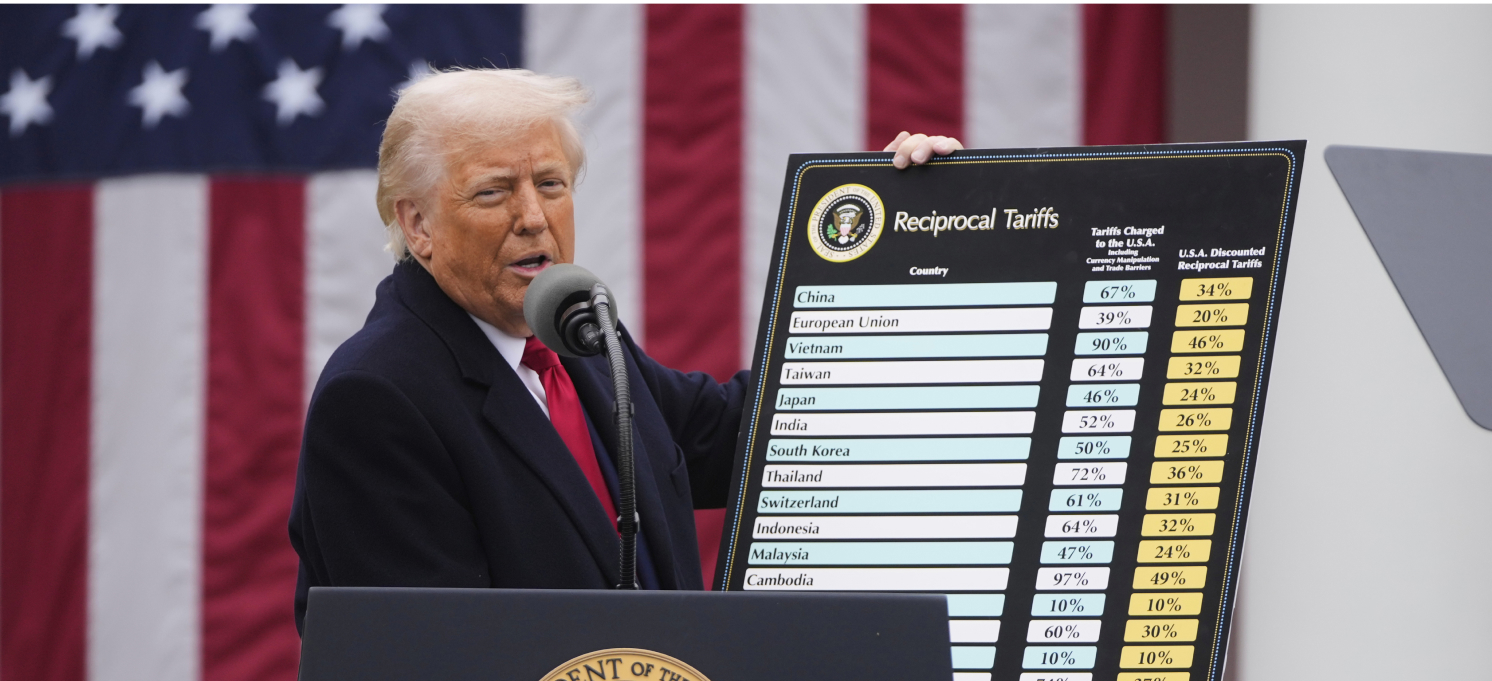
Russia’s delicate balancing act on inflation
Hello! Welcome to your weekly guide to the Russian economy — brought to you by The Bell. Our top story this time is a look at why state-owned companies have requested subsidized loans, and why this poses a major inflationary risk. We also look at U.S. sanctions targeting conglomerate Sistema and data suggesting Russian companies do not, after all, have large amounts of cash stuck in Indian rupees.
Demands for cheap money from state-owned companies risk inflation spike
The imbalances in Russia’s wartime economy increasingly look as if they could spark an inflationary spiral. No sooner had the Central Bank hiked interest rates to 15% last week to tackle inflation and the plunging ruble, then large state-owned companies began lobbying for exemptions. This week, they asked for state subsidies for loans, saying that if they are refused they will not be able to complete planned investment. Given that state-subsidized loans already account for 7% of GDP in Russia, acquiescing would likely lead to a new surge of inflation, prompting the Central Bank to hike rates once again.
What’s going on?
Since the Central Bank began tightening monetary policy in July, interest rates have more than doubled. Last Friday, the bank raised the rate by two percentage points in one go (you can read more about that here). Next month, there could be further rises – perhaps to 16%. Few envisage any easing on the horizon, with the average rate in 2024 expected to be between 12.5% and 14.5%. The bank believes high rates are the only way of curbing inflation, which is currently being fuelled by record wartime spending.
Those most unhappy with the bank’s approach are leading state-owned manufacturing and infrastructure companies. High rates don’t just make borrowing more expensive, they also drive up the costs of servicing existing loans — according to the Central Bank, in mid-2023, almost half the corporate credit portfolio in Russia was made up of loans with a floating rate tied to the base rate (three years earlier, it was only a third of corporate borrowing).
Just three days after the last rate hike, state companies put forward a solution. Russian Railways, carmaker AvtoVAZ, state space corporation Roscosmos and national carrier Aeroflot joined officials from the Central Bank and the Finance Ministry, Economic Development Ministry, and Ministry of Industry and Trade at a round-table. There, they asked the government to introduce a new program of subsidized borrowing.
An AvtoVAZ representative said increased rates mean an annual 70% rise in the cost of servicing the company’s loans, from 10 billion rubles ($107 million) to 17 billion rubles. “This money, which due to rising interest rates we will have to give to the banks, will, in fact, be withdrawn from our investment program,” he said. A Russian Railways representative claimed that, if they didn’t get help, they would raise freight tariffs. These tariffs are already set to rise by 10.8% next month, and are a major stimulus for inflation.
Representatives of all four companies agreed they could only complete their investment programs if the government returned to financial support measures introduced last spring when the full-scale invasion of Ukraine drove interest rates as high as 20%.
Unsurprisingly, the Ministry of Industry and Trade supports the companies. The Finance Ministry and Central Bank are more cautious. Although nobody directly opposed subsidized borrowing at the round-table, there were warnings. “We might be somewhat drawn into a cycle: the more we subsidize… the higher [the Central Bank] rate will end up,” a Finance Ministry official told the gathering.
What’s the danger?
Russia’s current program of discounted loans is a big driver of inflation. Even Maxim Oreshkin, President Vladimir Putin’s economic aide, argued in an August article that cheap loans (rather than state spending) were playing the main role in the current price surge and plummeting ruble.To back up his thesis, he cited figures for the first six months of this year suggesting that corporate credit had generated an additional 9.5 trillion rubles of demand in the economy, and consumer credit another 3.3 trillion rubles. Even so, Oreshkin stopped short of a politically uncomfortable conclusion, refraining from saying that it was taxpayer-subsidized loans that were the problem.
According to the Central Bank, on Nov. 1 2023, the total volume of outstanding loans at subsidized rates was over 11 trillion rubles — more than 14% of Russia’s total credit portfolio, and 7% of GDP.
State spending on subsidized loans is not that large, relatively speaking. In 2024, Russia will spend 454 billion rubles on mortgage subsidies (the biggest type of state-subsidized loans), compared with 10.8 trillion rubles on defense (the biggest area of expenditure). That’s a 20-fold difference. But subsidies also have a knock-on effect, with demand in subsidized sectors increasing as much as 10 times more than the amount spent on the discounts.
In short, more subsidized loans will fuel inflation. That, in turn, means the Central Bank will raise rates faster. It’s a vicious circle: the government boosts military and social spending, driving up inflation, and the Central Bank responds by increasing interest rates.
Moreover, each turn of this circle demands ever more radical steps from the Central Bank to keep inflation under control. Rates for subsidized loans are not usually linked to the base rate, which means that the more subsidized borrowing, the less effective hiking interest rates becomes for the Central Bank. “The larger the share of non-market loans in market volumes, the more we need to change the base rate to ensure the necessary impact on lending activity, demand and inflation,” the Central Bank said in a recent report.
At the same time, government policies are also reducing the effectiveness of interest rates as a tool. In particular, more capital controls, intended to prop up the ruble ahead of next year’s presidential election, erodes the utility of raising interest rates.
Why the world should care
We don’t know whether state-owned companies will get their subsidies. But, even if Russia avoids a damaging inflationary spiral this time, the same issue will likely arise again. The wartime economy means the state is fanning inflation with one hand, and trying to curb it with the other — any miscalculation could have a dramatic impact.
US sanctions deal a blow to Russian retail investors
The United States announced Thursday a batch of new sanctions against Russian companies and individuals. The most prominent company to be targeted was billionaire Vladimir Yevtushenkov’s AFK Sistema.” Also hit was the St. Petersburg Stock Exchange, the country's main platform for trading foreign shares.
Sistema is a holding that includes dozens of major Russian companies. Yevtushenkov and Sistema have so far only been on the UK sanctions list. Yevtushenkov himself has never been considered particularly close to Putin and, in 2014, he was even placed under house arrest while state-owned oil giant Rosneft seized the Bashneft oil company that had been privatized by Sistema while Dmitry Medvedev was president.
However, Yevtushenkov himself was not included in U.S. sanctions, and many of his other companies are unaffected. Yevtushenkov’s largest asset is the mobile phone operator MTS. After the full-scale invasion of Ukraine, Sistema reduced its stake in MTS to 49.75%. Many of Yevtushenkov's other assets (including agricultural holding Steppe and the MEDSI network of private clinics) operate in industries completely unaffected by sanctions.
For ordinary Russians, the most notable entity on the U.S. sanctions list is the St. Petersburg Stock Exchange. This platform specialized in providing Russians with access to trading in foreign stocks. Before the war, the exchange accounted for 90% of such trading in Russia. Thanks to the terms of the sanctions, Russian clients can withdraw their funds before January, but they will lose money anyway — the value of stocks will fall due to an influx of sellers, and most likely they will only be able to withdraw some of their assets.
The sanctions against exchange will be just another blow to Russians who sought to invest in foreign stocks. Since the beginning of this year, the Central Bank has limited who can buy securities from "unfriendly countries" (i.e. U.S. and European shares). And 5 million people who bought foreign shares before the war lost their money in the spring of 2022 when their securities were frozen by European depository Euroclear.
Russian oil money trapped in rupees is a ‘myth’
The Russian Institute of Economics and Finance has concluded a widespread belief that Indian buyers pay for Russian oil in illiquid rupees is false. They have based their conclusion on the data from India’s Central Board of Indirect Taxes & Customs, which apparently shows that 58% of Russian oil shipments in 2023 were paid for in UAE dirhams and U.S. dollars.
Bloomberg reported in June that a surge in Russia’s oil trade with India had led to an unexpected effect: Russian oil companies were accumulating $1 billion a month in Indian rupees in their accounts. Due to the incomplete convertibility of the Indian currency, they could do little with this money. Former Russian Finance Minister Mikhail Zadornov even said this was the main reason for the weakening Russian ruble.
Further reading
Why the Russian Authorities Failed to Stop Pogroms in the Caucasus



PAID SUBSCRIPTION LAUNCH
From May 1, 2025, The Bell in English will no longer be free
From May 1, 2025, all The Bell’s newsletters and online content will be behind a paywall. We have taken this decision so that The Bell can remain financially independent, and maintain our high standards of journalism and economic expertise






